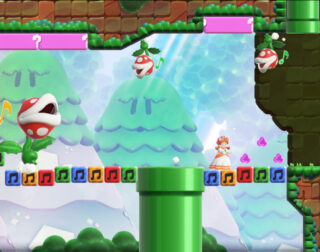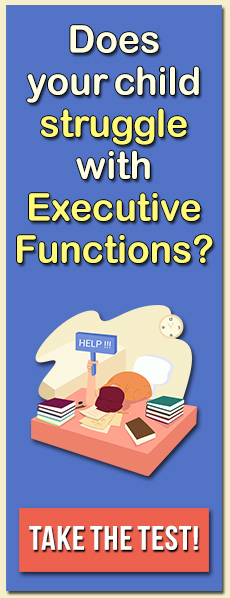(This is part one of a series that examines ADHD in the digital world, in honor of CHADD’s Annual International Conference on ADHD, at which my colleague, Dr. Gary Stoner and I will be guest presenters)
Does your child struggle to sit for more than five minutes when he reads or does his homework? Does she get fidgety and become disruptive when she needs to sit still for a family dinner or religious service? Can she or he, despite this, somehow sit and play video games all day long, focused for hours at a time?
Parents frequently question how their child could have ADHD when they can be so completely engaged while playing video games, but can’t concentrate for 5 consecutive minutes while doing their nightly reading assignment. There is a fairly easy explanation from the world of neuroscience to explain this discrepancy. In a New York Times article, Dr. Richard Friedman describes how the reward systems of the brain accounts for this contrast in the attentional abilities of children with ADHD.
In his article, entitled “A natural fix for ADHD,” Dr. Friedman describes ADHD as a manifestation of brain-based boredom. The neuroscience is even more complex than Dr. Friedman details, but it appears that individuals with ADHD have fewer D2 and D3 dopamine receptors (associated with how the brain communicates rewarding experiences) in the brain than most people. The result is that people with ADHD have less sensitive reward circuits in the brain than those without this particular executive functioning disorder, causing “normally interesting activities seem dull and. . .explain[ing], in part, why people with ADHD find repetitive and routine tasks unrewarding and even painfully boring.” Novel activities such as playing video games, engaging in dangerous activities, or monetary or attentional rewards stimulate more activity in the reward center for individuals with ADHD.
[cjphs_content_placeholder id=”73528″ random=”no” ]
There are a few things to keep in mind, including the fact that there are individual differences in what is engaging and stimulating to kids with ADHD, so what stimulates the brain reward center for one person may be very different for another. There does appear, however, to be a fairly consistent set of activities that activate the dopamine reward systems. If you’ve ever watched children with ADHD, you’ll know that digital play is likely to be among those activities. One study actually found that kids with ADHD who were “addicted” to video games dramatically reduced their level of video game play after being place on psychostimulant medication. The interpretation of this study was that the stimulants were a substitute for video games in stimulating the dopamine reward systems in the brain.
Dr. Friedman suggests that a natural cure for ADHD is to help people find activities that engage their brain and reduce boredom. Friedman readily acknowledges that for many children with ADHD, treatment with psychostimulant medications is appropriate. These medications help to block the transport of dopamine back into the neurons thereby increasing its level in the brain. Perhaps more importantly, Friedman suggests that we help children with ADHD by engaging them in new and interesting situations. To start with, he recommends smaller classrooms, hands-on learning, computer-based assignments, and less repetition.
Much of what Dr. Friedman says is not groundbreaking. Clinicians who work with children affected by ADHD have, for many years, recognized the need for keeping them engaged and involved in new activities. However, Dr. Friedman’s essay highlights a broader understanding of ADHD, both in terms of its biological cause and how parents, educators, and healthcare providers might look for innovative forms of treatment. This is an article that I encourage parents of children with ADHD to give to their child’s teacher, grandparents, and others who might be unclear about what it means to have ADHD and skeptical of the variety of treatments. One of the most frustrating aspects of ADHD is the inconsistency of a child’s ability to pay attention, persist, and complete tasks that non-“believers” scrutinize. Understanding the neuroscience of ADHD helps in this understanding.





